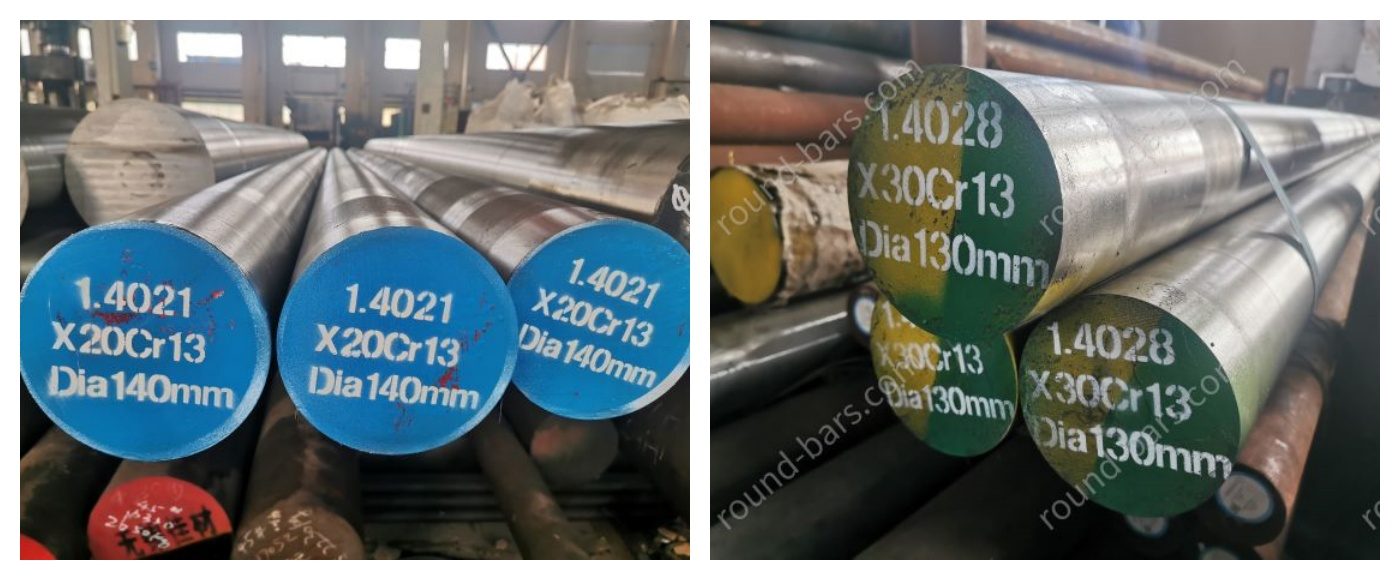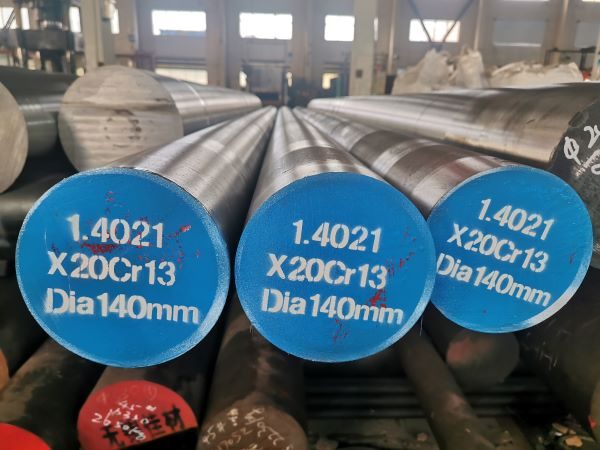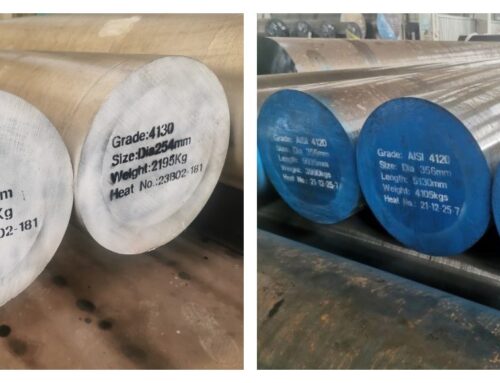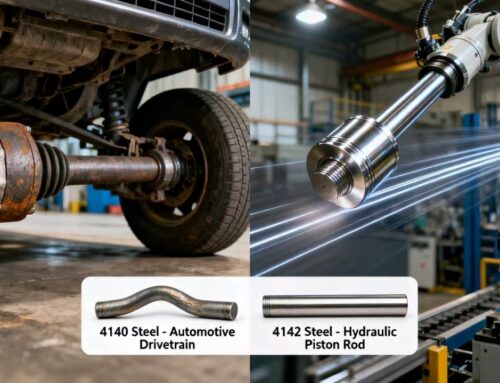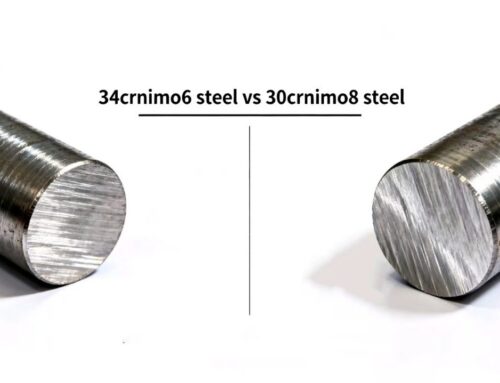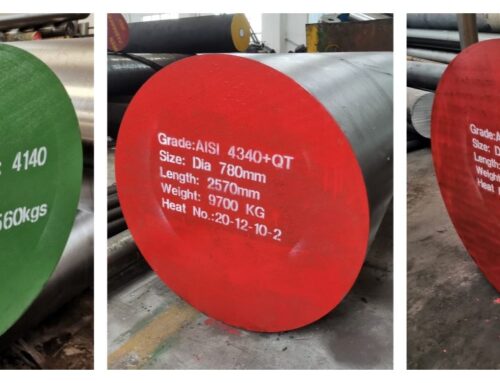In the selection of stainless steel materials, X20Cr13 and X30Cr13 often put engineers and purchasers in a dilemma. These two martensitic stainless steels have similar compositions and both have good corrosion resistance and mechanical properties, but the slight difference in carbon content creates significant differences in their hardness, toughness and application scenarios. Should we choose X20Cr13 with a slightly lower carbon content and better toughness, or X30Cr13 with a slightly higher carbon content and stronger hardness? This article will deeply analyze the composition characteristics, performance differences and applicable fields of the two, to help you clear the fog and make the choice that best suits your needs.
1. Chemical Composition and Core Differences
- Carbon content:
– X20Cr13: Carbon content is about 0.20%, with good toughness and slightly better corrosion resistance.
– X30Cr13: Carbon content is about 0.30%, with higher hardness and wear resistance, but lower toughness. - Chromium content: Both are about 13%, providing basic corrosion resistance, but high carbon may slightly weaken the corrosion resistance of X30Cr13.
2.Performance Differences
- Hardness and strength
– X30Cr13: The higher carbon content enables it to achieve higher hardness (HRC 50+) and strength after heat treatment (quenching + tempering), which is suitable for scenes with high requirements for wear resistance.
– X20Cr13: Slightly lower hardness (HRC 40-50), but better toughness, more impact resistance, suitable for dynamic loads, and suitable for parts with high requirements for strength and corrosion resistance balance. - Corrosion resistance
– Both have the same chromium content, but X20Cr13 has a lower carbon content and more free chromium in the matrix, so its corrosion resistance is slightly better than X30Cr13.
– X30Cr13 is more likely to precipitate chromium carbide at high temperatures or during welding, which may lead to a decrease in local corrosion resistance. - Processing and welding performance
– Machining: X20Cr13 is easier to cut and forge, suitable for complex processing, and has less tool wear; X30Cr13 is more difficult to process due to its high hardness, and the tool wears quickly.
– Weldability: X20Cr13 has better weldability, while X30Cr13 requires preheating and post-heat treatment to avoid cracks.
3. Heat Treatment Process
- Both require quenching (about 950-1050℃) and tempering (200-300℃) to optimize performance.
- X30Cr13 may require more precise heat treatment control to balance hardness and toughness.
- X30Cr13 requires strict process control to prevent deformation/cracking; X20Cr13 has higher process tolerance.
4. Typical Applications
- X20Cr13:
– Surgical instruments, tableware, pump shafts, valve parts.
– Suitable for moderately corrosive environments and occasions requiring a certain strength. - X30Cr13:
– Cutting tools, bearings, high wear-resistant mechanical parts.
– Suitable for scenes with weak corrosion but high hardness requirements.
5. Selection Recommendations
- When X30Cr13 is preferred:
– Extremely high hardness and wear resistance are required (such as long-term cutting, high-wear environment).
– Corrosion resistance is generally required, and the workload is mainly static. - When X20Cr13 is preferred:
– Corrosion resistance, toughness and processing convenience need to be balanced (such as medical equipment, frequent impact scenarios).
– Parts with complex corrosion environments or infrequent maintenance.
Summary
- High hardness + wear resistance → X30Cr13 (sacrifice some toughness and corrosion resistance).
- Balanced performance + easy processing → X20Cr13.
Through slight adjustments in carbon content, these two materials have their own advantages in engineering applications, and the selection needs to be combined with specific working conditions. If the corrosion environment is severe, it is recommended to evaluate higher-grade stainless steel (such as austenitic or duplex steel).
